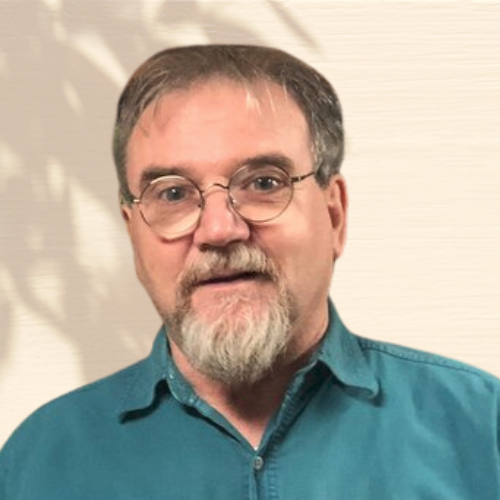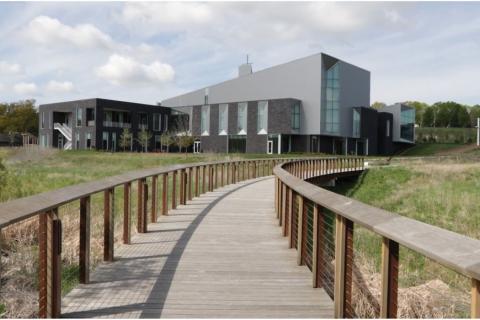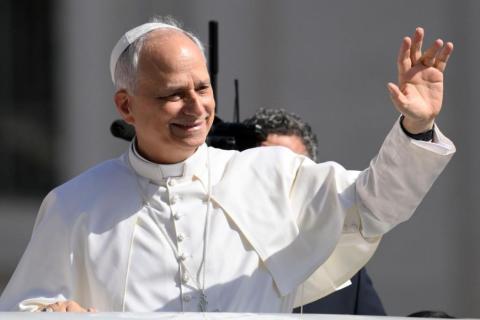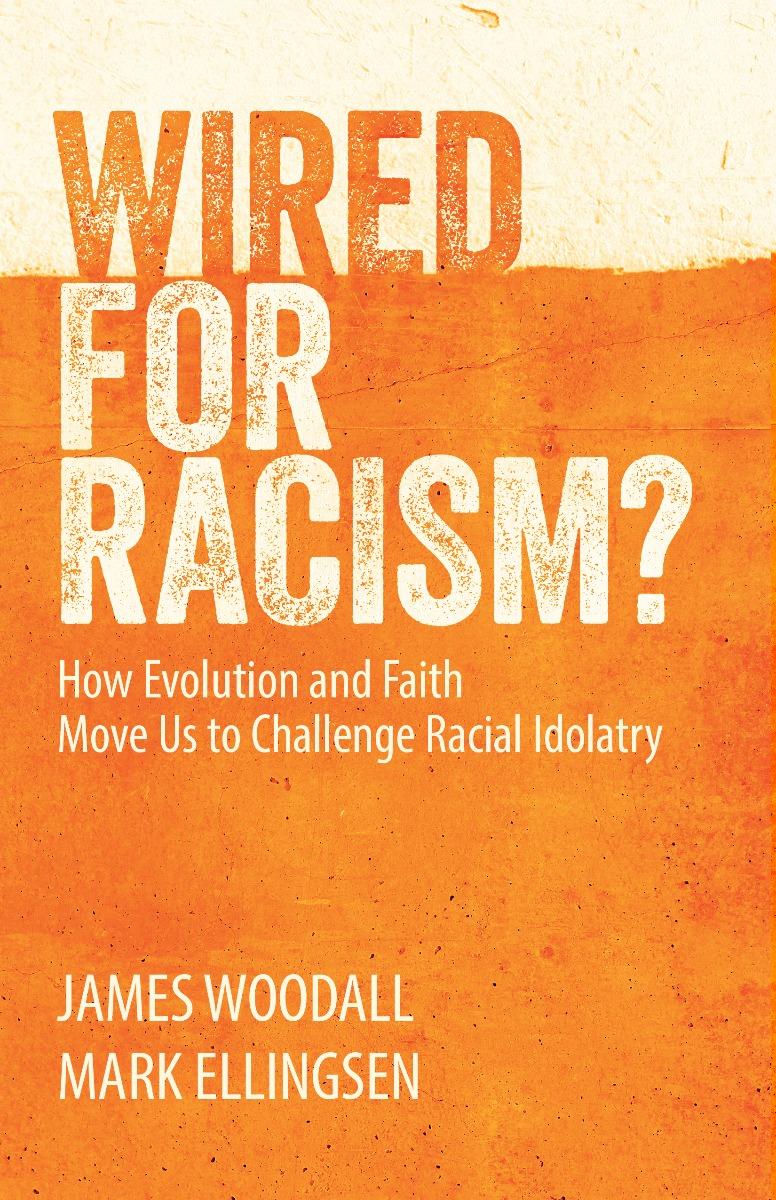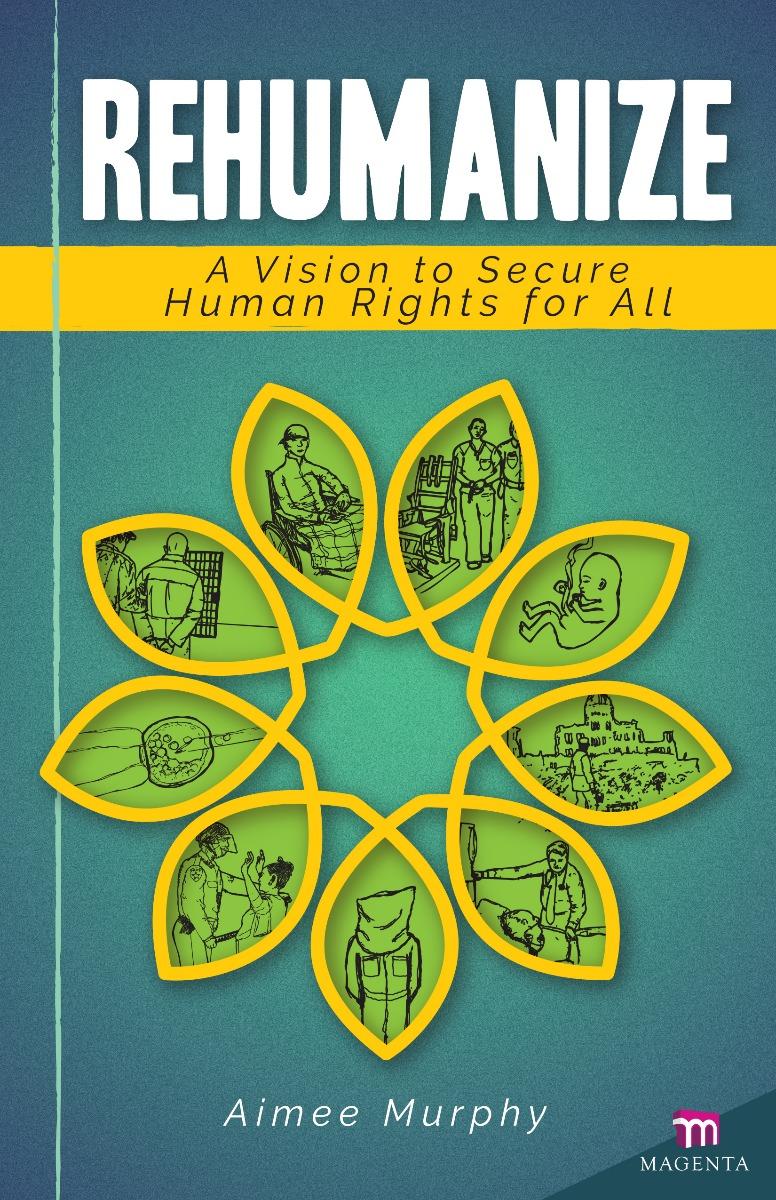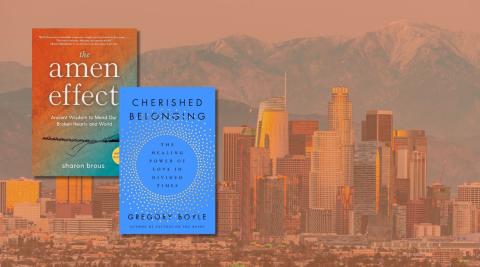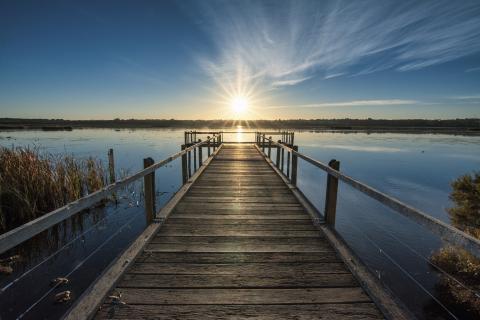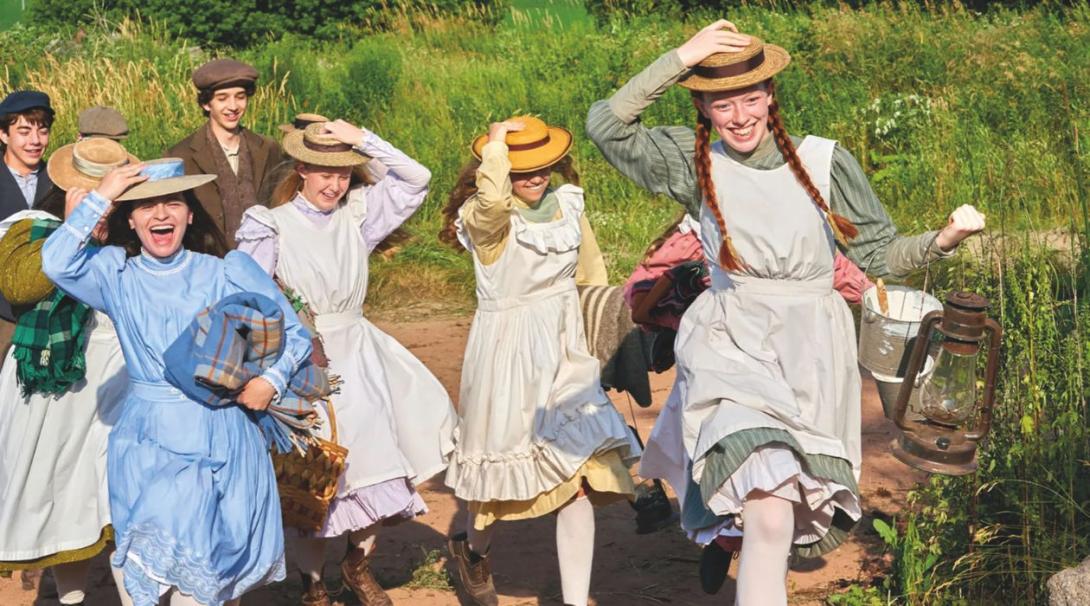
Anne with an E is a made-for-television series loosely based on the 1908 literary classic, Anne of Green Gables, by Lucy Maud Montgomery—a book that, once upon a time, was a children’s favorite.
There have been other film adaptations of the book over the years. The text has for more than a century enjoyed pride of place in the canon of Canadian literature. This latest project premiered in March 2017 and ran for three seasons, a joint production of the Canadian Broadcasting Corporation (CBC) and Netflix. It’s a series that’s continually being “discovered” by new viewers.
Creator Moira Walley-Beckett is known also for her work in the earlier hit series Breaking Bad (2008) and Flesh and Bone (2015). She brings an evocative savvy to visual storytelling in this coming-of-age story of an overly loquacious and yet ponderously introspective orphan, Anne Shirley. It is also about the people Anne meets and influences and who in turn contribute to her personal development and maturation as she edges toward adulthood.
The actors are well-cast, especially Marybeth McNulty, a feisty young Irish actress from Donegal, who fills the role of Anne superbly. McNulty was chosen from a pool of over a thousand auditioners. On-screen, freckle-faced, captivating in her conveyance of a rare innocence, Anne displays an exuberance that is flamingly demonstrative as her red hair that she so detests. McNulty supplies a wonderful personification of the irrepressible Anne.
Interestingly, the novel’s author, Lucy Maud Montgomery, mirrored her character in many ways. Montgomery’s own mother’s death, and her father’s taking to the road in its wake, occasioned Montgomery being raised on a maternal grandparent’s farm on Prince Edward Island. That farmhouse is now a museum that invites visitors to a bygone era. Montgomery’s experience of loss, loneliness, and eventual triumph over these seem to have been the raw material for the chronicling of her lonely heart’s double, Anne.
Moira Walley-Becket, also an expert in realms of loss and gain, provides added gravitas to the telling as she invites as much engagement from viewers in armchairs as she does the character actors she interprets in film. She asks unsettling questions by implication that surface even in the most bucolic of settings. Noteworthy is the ballast that the provident natural world provides to all the rugged questioning. Breathtaking scenery on Prince Edward Island holds viewers in a contextual beauty. Eye-catching landscapes and symbolic vistas beheld upon bluffs overlooking the majestic Atlantic, along with strolls on forested pathways, in fields, and woods provide cues to the trajectory of Anne’s uncertain bid for solace.
In the throes of self-discovery and proper self-expression, Anne is not stymied by any understandable self-absorption. She brings sensitive attentiveness to others. She capaciously extends empathy and ready solidarity to everyone she meets, and faces significant life challenges as she does.
Anne’s heart is the locus for an ongoing experiment of healing and trust. And her life leads us, who watch, to ask ourselves if we are able to summon the same kind of heart.
Complementing the spectacular cinematography is the apt presentation in three seasons and twenty-seven episodes of vignettes surrounding Anne’s recovery as she reels from the tragic loss of her parents. Unmoored from familial rootedness, she needs a safer place than orphanages and foster homes, where she experienced bullying and child exploitation. She endures until she arrives, mistakenly but fortuitously, on a farm in the town of Avonlea where she’s taken in by Marilla and Matthew Cuthbert, two aging siblings struggling to keep their farm afloat.
The Cuthberts had been seeking a strapping orphan lad to help with chores but were sent young Anne in error. They have woeful backstories of their own but, unlike Anne, are mostly resigned to their fate. Anne is sent back mistakenly, accused of theft, until her undaunted spirit—which initially troubled the wary hosts—gives way as they discover her spunk and optimism are just what they need. Anne is retrieved. She’s a keeper.
The sibling pair make the perfect foil for Anne and it is with them in their growing love for her that dreams of an elusive homecoming can at last be entertained. Bent on subverting her burdened past with an unlikely determination to thrive, Anne remains vulnerable but embraces still-flinching heroism honed in the crucible of hardship. Somehow Anne is strengthened by the very struggles and uncertainties she is destined to face.
By the end of the series, there’s a budding young love between Anne and a tad older schoolmate, Gilbert Blythe. It is an unlikely yet ultimately winning romance that celebrates Anne’s long-sought recovery of hope in the face of all that had earlier mitigated against it. But the orphan’s story also has a sociological edge, given a wider berth from the critical lens of Moira Walley-Becket whose Anne is also a catalyst for change beyond the household.
In all these ways, Anne with an E is full of motifs that make it a down-to-earth encounter with questions of moral magnitude in a setting that is a century old, and yet remarkably and presciently feels relevant for our twenty-first century. Thematic episodic pieces include looking more squarely at social cruelties, including the failures of the orphanage and foster care systems to protect the plight of the poor of Canada, the maltreatment of First Nations youth coerced into residential schools run by Catholic religious hellbent on conformity to European culture and mores, and the unkind stratification of labor that uses race and gender as categories for social and economic discrimination. These concerns are highlighted in scenes that are deeply personal and expose the horrors of our social crudity with tugs on our mental acuity and heartstrings.
The series also takes on issues of prejudice, hurtful customs, and gossiping. But there is more than darkness and depression here. Critiques are all contextualized and contemporized in reaching for the more promising, for varieties of conversion, for prospects for new and renewed life. There is a play between rural and urban values and climes, with societal trauma and its spoiled fruits, with grifters and greed. There is a scoring of personal and social self-centeredness and arrogance in confrontation with Anne Shirley’s empathic and altruistic disposition.
The character of Anne is often a lightning rod for the cultural resentments of others, and while she brings honesty to bear in troubling situations, she can be misunderstood and doubt herself. This is the situation of any prophet today—to bring boldness to her own and others’ timidity, and ply her independence and curiosity on behalf of those wary and constrained by convention. For example, Anne comes to the defense of reason and science when a beloved teacher is questioned about her influence on the young at the village school. In short, Anne is a wisdom teacher, a “learcher,” a learning teacher, perhaps the best kind of educator, an exemplar.
Anne’s heart is the locus for an ongoing experiment of healing and trust. And her life leads us, who watch, to ask ourselves if we are able to summon the same kind of heart. Despite circumstantial adversity and responsive anguish, Anne brings a refused-to-be-broken, irrepressible, generously unyielding spirit to bear. That spirit touching ours can instigate a needed if not always comfortable transformation. How Anne accepts herself after having been teased, berated, and lost can be a lesson for us. In the end, Anne with an E, like the novel from which it comes, is a story about what it takes to build unity. Aren’t we all in the same boat?
Please see Anne with an E if you can, and please do keep an eye on the red hair of Anne Shirley Cuthbert!


